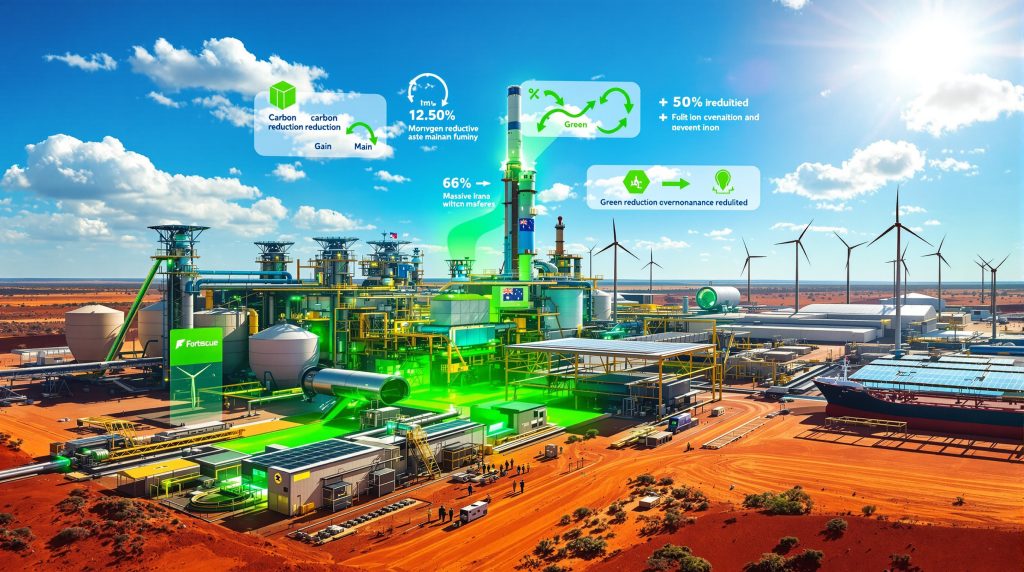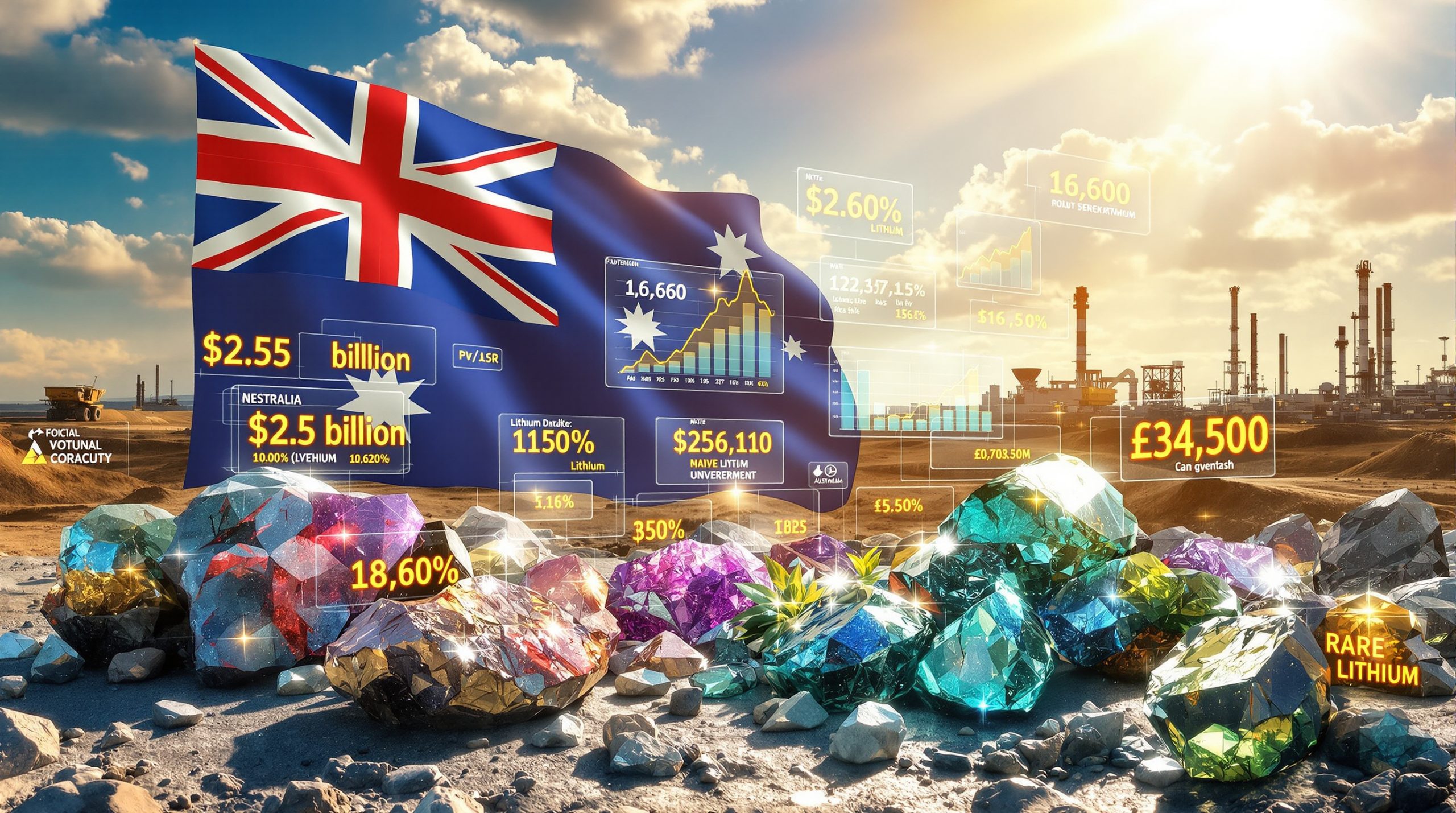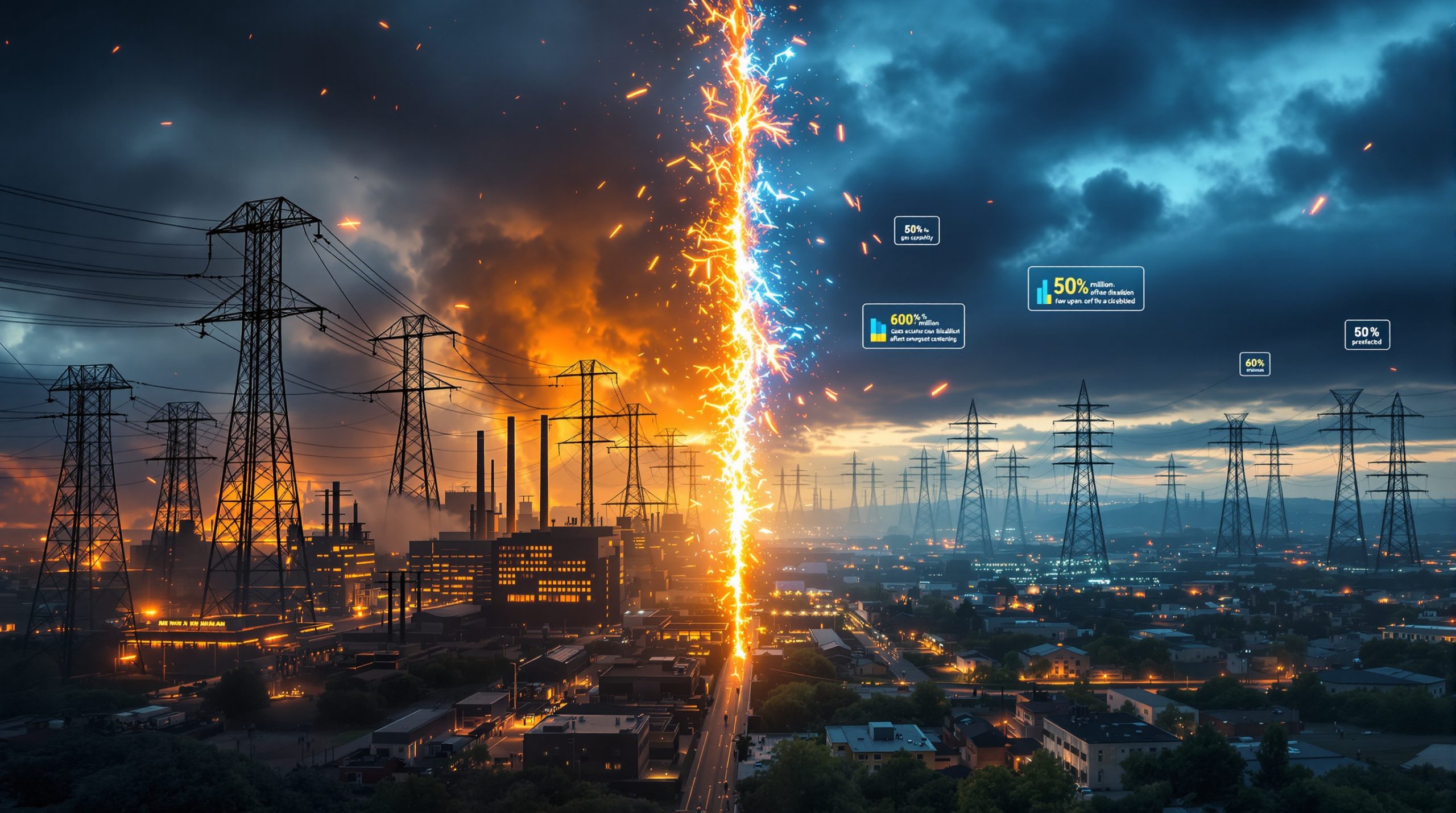Fortescue's Green Iron Strategy: Pioneering Sustainable Steel Production
The Green Iron Vision Explained
Fortescue, Australia's fourth-largest iron ore producer, is maintaining its commitment to developing green iron technology despite scaling back some of its broader hydrogen ambitions. The company's long-term vision centers on producing iron using hydrogen instead of coal, creating a more sustainable alternative for steel manufacturing while potentially revolutionizing Australia's resource export model.
Fortescue's strategy aims to address a fundamental inefficiency in traditional iron ore exports: approximately 40% of shipped material is waste. By converting iron ore into green metal before export, the company could significantly optimize shipping logistics and infrastructure utilization while meeting growing customer demand for lower-carbon products.
Iron ore exports currently contain approximately 40% waste material that could be eliminated through green iron production, representing a significant opportunity for efficiency improvements across the entire value chain. This initiative aligns with current iron ore market trends showing increased interest in value-added products.
Why Is Fortescue Delaying Its Green Iron Timeline?
The company has adjusted its timeline for its trial green iron production facility, now targeting 2026 rather than 2025 as previously announced. This 1,500-tonne pilot plant is designed to meet initial demand from Chinese steel customers seeking greener alternatives.
Financial Performance Context
The timeline adjustment comes as Fortescue reported its smallest full-year profit in six years, with attributable net profit after tax of $3.37 billion for the year ended June 30, down from $5.68 billion the previous year. This performance aligns with broader industry trends as iron ore prices have declined and mining companies conserve cash for growth initiatives.
According to Mining Weekly's August 2025 report, Fortescue's profit figures came in slightly below analyst expectations of $3.43 billion, highlighting the challenging market conditions facing iron ore producers globally.
What Makes Green Iron Production Strategically Important?
Australia's Competitive Advantages
Dino Otranto, Fortescue's metals division CEO, has identified several unique advantages that position Australia well for green iron production:
- Abundant iron ore reserves
- Exceptional renewable energy potential from solar and wind
- Established export infrastructure
- Existing customer relationships with major steel producers
"You've got a customer who wants a greener product. In Australia we're blessed with a lot of iron ore and we are blessed with a lot of free sun and wind," Otranto explained in a recent industry statement.
Economic Transformation Opportunity
The green iron initiative represents more than just an environmental improvement—it offers a potential economic transformation by:
- Adding significant value to Australia's raw materials before export
- Reducing shipping volume requirements by eliminating waste
- Creating new high-skill manufacturing jobs in regional areas
- Establishing Australia as a leader in low-carbon metallurgy
As Otranto noted, "As soon as you turn iron ore into green metal you unconstrain your shipping and logistics facilities." This transformation could revolutionize Australia's export model challenges by focusing on higher-value processed materials rather than raw resources.
How Does Fortescue's Approach Differ From Other Major Miners?
Fortescue's commitment to green iron stands in contrast to positions taken by its larger competitors. Both Rio Tinto and BHP have expressed skepticism about Australia's prospects for developing a viable green iron industry, citing concerns about economic incentives and comparative advantages.
Strategic Repositioning
This divergence highlights Fortescue's strategic repositioning:
- Core Business Focus: Maintaining iron ore production excellence
- Selective Green Initiatives: Prioritizing projects with clear customer demand
- Capital Discipline: Reducing dividend payout ratio to 65% to fund strategic investments
While Fortescue maintains its focus on green iron, it has become more selective in its broader green energy portfolio, cancelling two hydrogen projects in Arizona and Australia last month due to an underdeveloped customer base.
What Challenges Face Australia's Green Iron Ambitions?
Despite Fortescue's optimism, several significant hurdles remain:
Infrastructure and Power Requirements
Developing common power infrastructure is critical to lowering costs and enabling commercial-scale production. Without coordinated investment in renewable energy solutions, individual projects may struggle to achieve economic viability.
Otranto specifically identified common power infrastructure investment as a priority to lower power costs, a prerequisite for commercial-scale green iron production.
International Competition
Otranto specifically highlighted aggressive moves by Saudi Arabia to develop green manufacturing capabilities. With abundant solar resources and sovereign wealth to fund massive infrastructure investments, Saudi Arabia represents serious competition in the race to establish green metals leadership.
"We are seeing aggressive moves by Saudi Arabia to get into this space. I think we have a unique opportunity now to get into it and that could pass us by," Otranto warned in a recent industry forum.
Time-Sensitive Opportunity
The window for Australia to establish leadership in green iron may be limited. Countries with significant sovereign wealth funds and ambitious industrial strategies are moving quickly to secure positions in emerging green manufacturing value chains.
How Has Fortescue Adjusted Its Green Energy Strategy?
While maintaining its commitment to green iron, Fortescue has recalibrated other aspects of its green energy portfolio:
Project Rationalization
Last month, the company announced the cancellation of two hydrogen projects in Arizona and Australia, citing an underdeveloped customer base. This represents a more disciplined approach to capital allocation while still maintaining commitment to hydrogen as a long-term opportunity.
Leadership Affirmation
Despite these adjustments, Gus Pichot, Fortescue's new CEO of green energy and growth, has reaffirmed the company's commitment to green energy and hydrogen technologies as part of its diversification strategy.
This strategic realignment reflects Fortescue's evolving approach to balancing green investments with financial discipline. The company appears to be prioritizing projects with clearer paths to commercialization while maintaining its broader vision for green transformation, including electrification and decarbonisation efforts across its operations.
What Financial Impacts Has This Strategy Had?
Fortescue's financial performance reflects both industry challenges and its strategic investments:
Dividend Policy
The company declared a final dividend of A$0.60 per share, bringing its full-year dividend to A$1.10 per share. This maintains the dividend payout ratio at 65% of profits—the lowest since 2018—as the company balances shareholder returns with investment in future growth.
The reduced dividend payout ratio reflects Fortescue's strategy to conserve capital for strategic investments while still providing reasonable returns to shareholders.
Market Response
Investor reaction has been cautious, with shares falling 2.1% following the announcement, reflecting ongoing concerns about capital allocation and the timeline for returns from green investments.
This market response highlights the tension between long-term strategic investments and short-term financial performance that many resource companies face as they navigate the energy transition.
What Does Fortescue's Green Iron Strategy Mean For Australia's Resource Future?
Fortescue's persistence with green iron development represents a potential pivot point for Australia's resource economy:
Value-Added Exports
Successfully developing green iron production could shift Australia's position in global supply chains from a raw materials provider to a producer of higher-value, processed materials.
This transition would address a long-standing challenge for Australia's economy—its heavy reliance on raw material exports rather than value-added processing.
Climate Transition Leadership
By pioneering industrial decarbonization technologies, Australia could establish leadership in the global energy transition while maintaining its resource export strength.
The potential benefits extend beyond the economic sphere to include:
- Enhanced geopolitical influence through clean technology leadership
- Reduced vulnerability to carbon border adjustment mechanisms
- Strengthened partnerships with major economies pursuing net-zero targets
Economic Diversification
The development of green iron and related technologies could help diversify Australia's economy beyond raw material extraction, creating new industries and employment opportunities.
This diversification could reduce Australia's economic vulnerability to commodity price cycles while creating higher-skilled job opportunities in regional areas. According to Fortescue's energy division, these initiatives could create thousands of new jobs in regional communities.
Balancing Vision With Execution
Fortescue's commitment to green iron highlights the complex balancing act facing resource companies in the energy transition. While maintaining its long-term vision for transformative green technologies, the company has adopted a more measured approach to implementation, focusing on projects with clear customer demand and reasonable development timelines.
The success of this strategy will depend on Fortescue's ability to:
- Execute its green iron pilot plant effectively
- Demonstrate commercial viability at scale
- Secure the necessary infrastructure and energy inputs
- Navigate increasing international competition
For Australia's resource sector more broadly, Fortescue's approach represents both an opportunity and a challenge—to transform traditional extraction industries into higher-value, lower-carbon business models while maintaining global competitiveness.
The next few years will be critical in determining whether Australia can leverage its natural advantages to establish leadership in green iron production, or whether this opportunity will be captured by other resource-rich nations with ambitious industrial strategies. As highlighted in CSIRO's research on green hydrogen applications, the technical foundations for this transition are already being established.
Want to Discover the Next Major Mineral Opportunity?
Harness the power of Discovery Alert's proprietary Discovery IQ model to receive instant, real-time alerts on significant ASX mineral discoveries before the broader market reacts. Visit our dedicated discoveries page to understand how major mineral finds can generate substantial returns and begin your 30-day free trial today.




